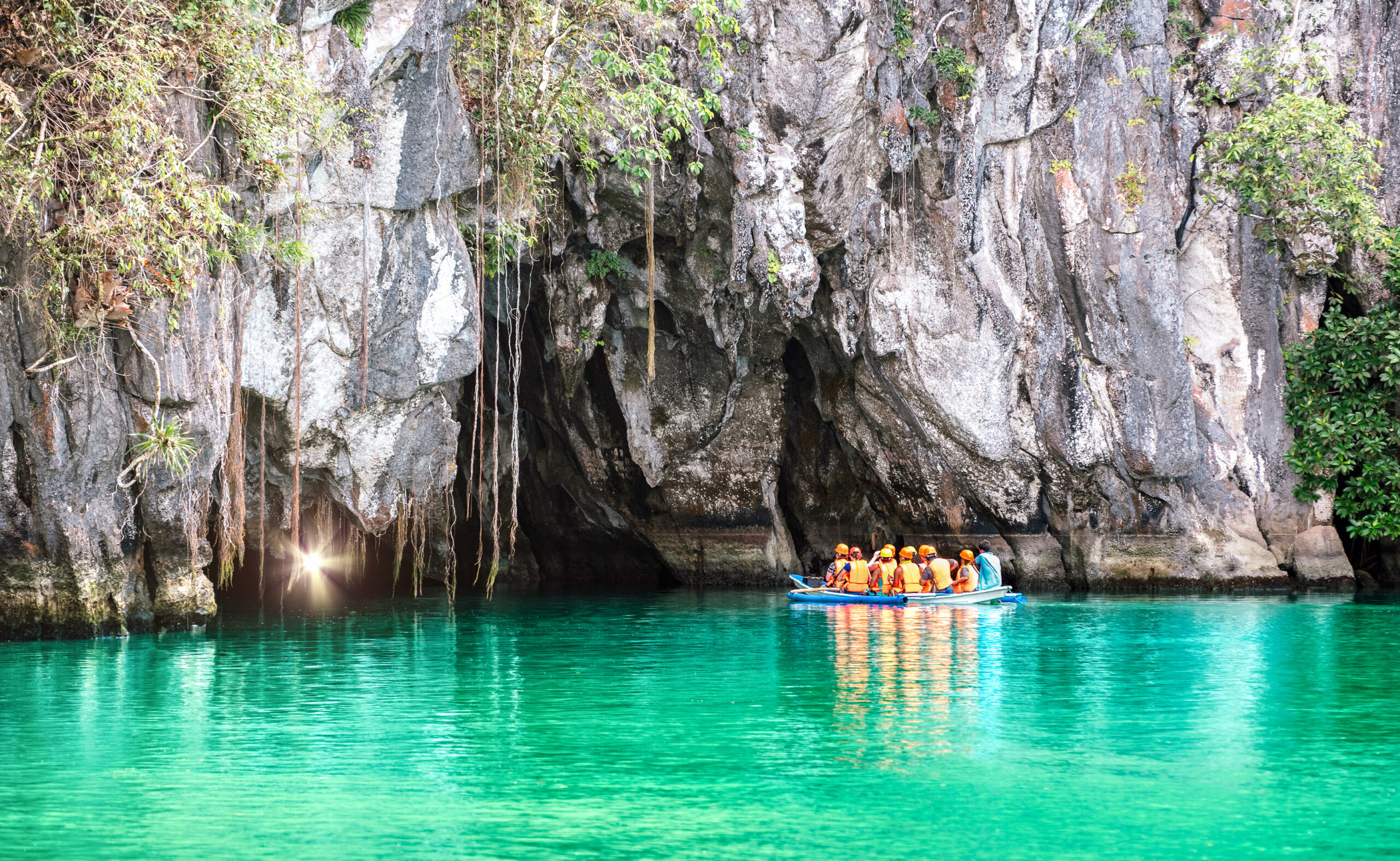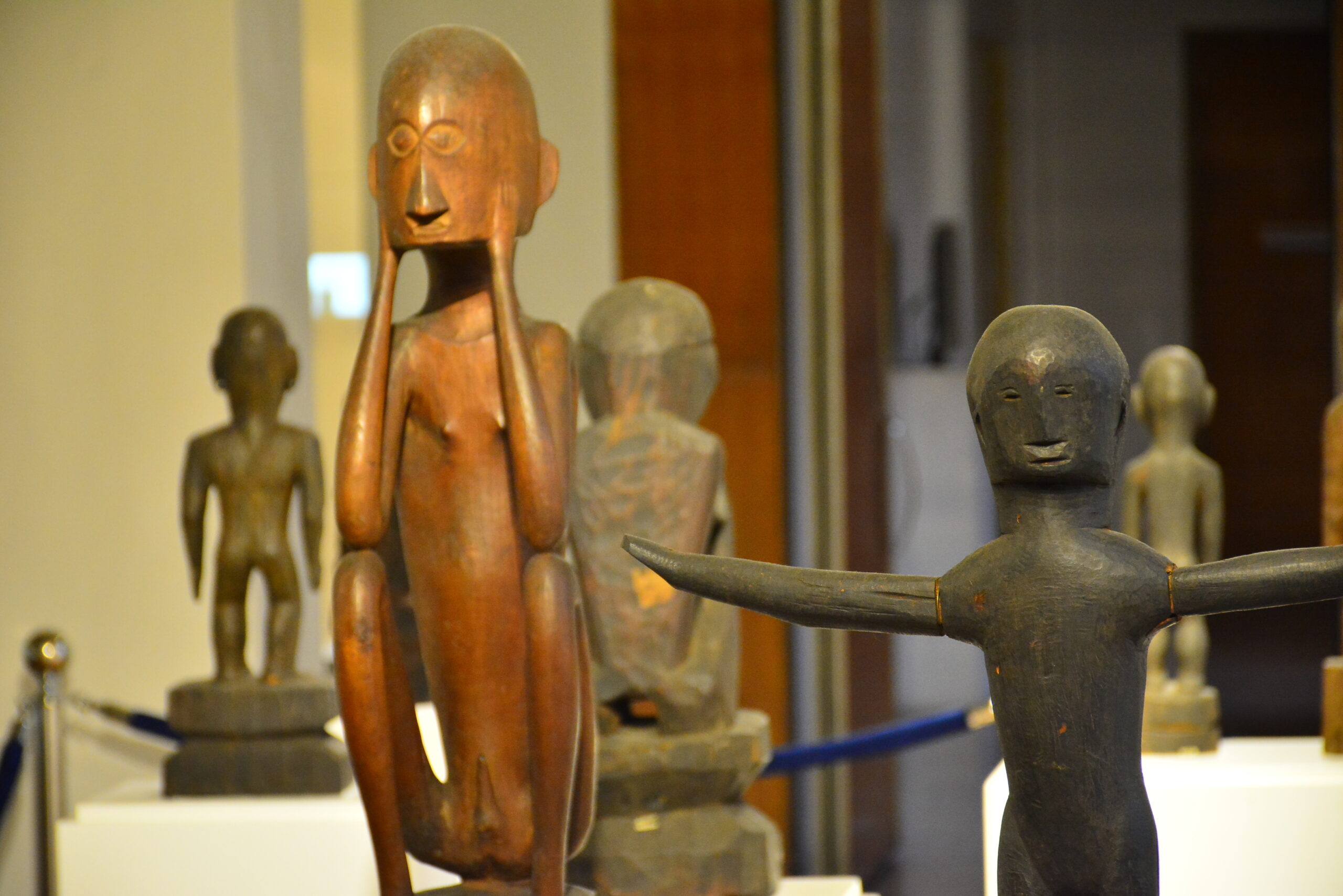The Philippines is known for its rich natural resources, beautiful destinations, and delicious cuisine.
But not many people know that there are a lot of interesting things that make the Philippines a unique country and a fun destination to travel to, and here are 12 things that will increase your knowledge about it.
1. Jeepneys
Jeepneys are the traditional, colorful, elongated vehicles that serve as the most popular form of public transportation in the country.
Also known as the “Hari ng Kalsada,” or “King of the Road,” jeepneys are often adorned with vibrant, multicolored paint, flashy decorations, and various symbols on their hood, sides, and almost all of the external parts.
The traditional jeepney traces its roots back to the 1940s, when they were upcycled from the leftover Willy Jeeps of the United States during World War II, and has long been part of the Filipino identity as it represents Filipino culture.
2. Balut

Balut, a popular Filipino street food delicacy, is a fertilized duck egg with a developing embryo that is boiled and eaten from the shell.
It is often eaten at night, as most of the balut vendors come out around dusk on their bikes, and sometimes it is consumed alongside a beer.
Due to its main ingredient and the way it is made, Balut is considered an exotic food, especially for foreigners, but there are those who boldly try to eat it as an adventure.
3. Ifugao Rice Terraces

Located in the northern part of the Philippines, the Ifugao Rice Terraces are ancient agricultural terraces carved into the mountains 2000 years ago.
It is included in the United Nations Educational, Scientific, and Cultural Organization’s World Heritage Site which showcases the engineering and farming skills of the indigenous Ifugao people.
Aside from the Ifugaos’ collective approach to cultural preservation, the rice terraces display a cultural heritage that has been passed down to them from generation to generation.
4. Tarsiers

The Philippines, especially its tropical rain forests, is home to the world’s smallest primates, known as tarsiers.
They are nocturnal creatures with small bodies and wide eyes, which are larger than their brains, that are often seen climbing, grasping, and sleeping on tree branches.
These cute, wide-eyed nocturnal creatures can be found in certain areas of the Philippines, such as the Bohol region.
5. Barong Tagalog

Originating from the root word baro,” which means “dress” or “apparel,” Barong Tagalog is a Tagalog outfit and the national costume for Filipino men.
It is a formal shirt made of fine, translucent fabric with intricate embroidery that is often worn during special occasions and formal events.
It was coined during the early Spanish colonial period to make a distinction in the attire of Filipinos from European-style three-piece suits.
6. Puerto Princesa Underground River

Located in the Puerto Princesa Subterranean River National Park (PPSRNP) in Palawan, the Puerto Princesa Underground River is one of the new seven wonders of nature.
It is an underground river that flows directly into the sea and is known for the discovery of the 20 million-year-old Serenia fossil, new minerals, stunning rock formations, and diverse ecosystems.
A natural phenomenon, the underground river, along with the PPSRNP park, is the first area in the Philippines to be devolved and successfully managed by a local government unit.
7. Singkil
Singkil, originally “Sayao sa Kasingkil,” is a Filipino folk dance that originated with the Maranao people of Mindanao and is regarded as the golden Filipino dance.
It depicts the epic legend of the “Darangan” and is performed with dancers gracefully moving with fans and between bamboo poles.
Singkil is named after the heavy anklets with chiming bells of the same name worn by the Maranao princess, but it’s also an act of entangling the feet in vines or tall grass, as the word “singkil” literally means “to twist the feet with disturbing objects.”
8. Halo-Halo

Halo-halo is a popular Filipino dessert made with crushed ice, various sweetened fruits, jellies, and beans, and topped with evaporated milk, ube, and leche flan.
It is a staple during the hot season and offers a refreshing and colorful mix of flavors and textures.
Halo-halo got its name due to the mixture of flavors and textures from various ingredients, as the word literally means “mixture” or “mixed together” in English.
9. Bulul

Bulul are intricately designed and hand-carved wooden granary guardians, often shaped like human figures, found in the Cordillera region.
Bulul is also known as the “Ifugao Rice God” or the “Male Rice Deity,” as they are believed to protect the harvested rice from pests and spirits.
The hands of a Bulul figure rest on slightly bent knees that are positioned in a rectangular, mortar-shaped base with a deep groove in the center, a pose that speaks to the ancestral power of the vessel.
10. Pahiyas Festival
The Lucban San Isidro Pahiyas Festival is a vibrant and colorful celebration held in Lucban, Quezon, to honor San Isidro Labrador, the patron saint of farmers.
The main point of the festival, or fiesta,” is to thank God for the bountiful harvest and honor San Isidro Labrador.
During the festival, houses are adorned with rice, vegetables, and colorful decorations made of rice grains, coconut leaves, and more, and there is also a grand parade of Higantes, marching bands, and many more to watch.
11. Baybayin

Baybayin is an ancient script used by the indigenous people of the Philippines before the Spanish colonization.
The term “baybayin” came from the Tagalog word “baybay,” which means “to spell” and is characterized by intricate characters written in a flowing manner.
Baybayin was used to write other languages before the 16th century, namely Ilocano, Pangasinan, and Bisaya, but today, it is mostly used in art such as calligraphy, tattoos, and literary work.
12. Filipino Martial Arts

Filipino martial arts is a collective term for various martial arts systems developed in the Philippines.
These arts emphasize weapon-based fighting techniques using sticks, bladed weapons, and empty hands such as the Kali, which is also known as Eskrima or Arnis de Mano.
The Filipino Kali is the art of stick fighting using hard bamboo sticks to strike and defend, which started when the Spanish arrived in the Philippines in 1521 and evolved throughout the years to counter various fighting styles of foreign aggressors.
These are just a few examples of the unique aspects of the Philippines. The country has a rich cultural heritage with many more traditions, delicacies, natural wonders, and historical landmarks worth exploring.






